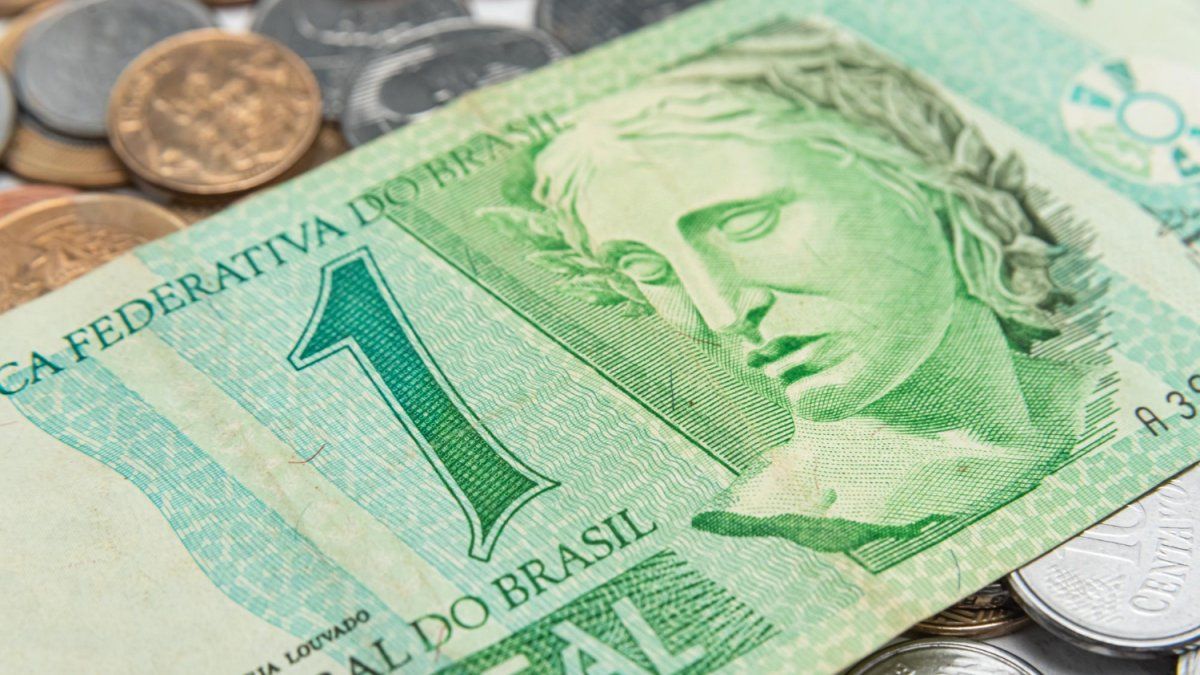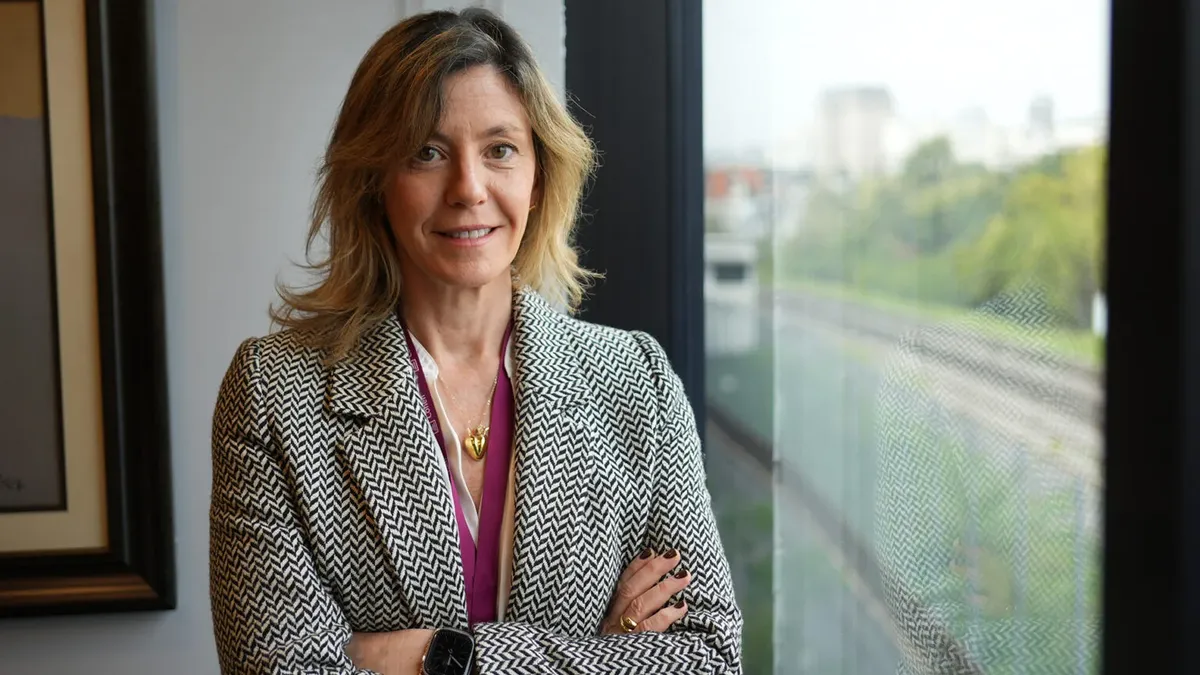He regularly exhibits in spaces such as Vermeer Art Gallery, Borges Cultural Center, Espacio Artifact, New York, Lucid Gallery, Miami and MACA, Uruguay, among others. His works are found in the Princess Maxima Centrum Hospital of Utrecht, Netherlands, and in private collections in Argentina, Uruguay and the United States.
Alejandra Stier: Yes, more than anything it is grateful, and finding in the colors, in the shapes, emotions and feelings that we all have and that come out through the works. Painting is like a meditation with oneself where patience is exercised: sometimes I propose one thing and another comes out, but you have to have the wisdom to accept what came out; choose again what to do with what came out. It is also a healing process in many aspects, one finds the path in the painting process.
Q: How does this healing occur?
ACE: Sometimes we do not have the way to express, verbally, something that hurts us, and painting can do it. Healing is also exploring the invisible. Painting and drawing heal the soul, gives gratitude, exercises silence, contemplates. Art speaks about emotions and makes the viewer see and feel in a mirror. Art awakens and generates movement.
Q.: Is there a place that the artist wants to reach or is it the work itself that determines it?
ACE: I need to capture certain colors, certain emotions, messages. At one point I felt the need to make hummingbirds; During the pandemic I began to paint more birds, which flew in flocks without ties, or cell phones, without suitcases, but so organized… Human beings must also have that sense, but it is increasingly replaced by computers. Luckily there are networks like museums, which communicate with us, because both the one who paints and the one who looks, the one who sees something that perhaps I didn’t see, is important. Getting together, like those flocks of birds, without a commitment, without a demand. Get closer to nature.
Q.: Your art is essentially abstract, but when there are figurative forms, birds predominate.
ACE: I have had a connection with birds for years; I did the seagulls, then the heron, then I came to the hummingbirds. I began to internalize his life, his ways. What they meant ancestrally in the culture, what message they carry. Hummingbirds have quite a few colors, too, and that allows me to play with them.
Q: Are there defined stages in your work, moments to which I would not return, or is it a permanent continuum?
ACE: The abstract is always there. It is the space of emotions, of searching for those words that we talked about before, which may not be the right ones, but which come out through color and shape. As for the figurative, for a long time I represented the woman, the feminine being, the human body. In my beginnings, as a disciple of Kenneth Kemble, I went from abstract nature to transcending it; Then I spent seven years with another great teacher, Guillermo Roux, with whom I worked on the human figure, and I started with watercolor. With Guillermo I learned to play with colors. In the pandemic, after his death, I returned a little to the figurative and the birds returned to my paintings. He always advised me “play, play. He looks at what happens with the water, with this pigment, with this line.” My sample, today, also transmits that message: to encourage them to play, to participate, to continue doing manual things.
Q.: That contributes to healing not only physically but also mentally, especially from the climate that has surrounded us lately.
ACE: Of everything. It is seeing life with another look. You go out into the street and see that people are not happy, there is sadness. Television is an echo chamber for bad news, the Russian war, the economy. The joy is not perceived. That’s why a museum like the Sívori makes me so happy, where there is green, there is water, there is silence.
Q: Sometimes it is believed that the image of joy is that of full restaurants. But if you look at the faces of those diners, when a restaurant is full, they are not happy either.
ACE: Therefore, what art does is separate the viewer, even if only for a moment, from those misfortunes.
Q: What do you think about Artificial Intelligence? Now he is also painting pictures.
ACE: I ask myself this many times. If that is so, what are we going to do? What is our function going to be? We allow children to be connected to their cell phones all day, to not perceive nature, to isolate themselves… this is how we see them in those restaurants: they have others next to them, but they prefer to connect with others, remote, on social networks.
Q.: To return to the exhibition, how is it composed?
ACE: There are about twelve works, abstract, and nine birds. Some are small works and others are large format, between approximately 2007 and now. Like a retrospective, really. I encourage you to visit it and also, for those who have never been, to discover Sívori, it is a dream meeting place. There are also workshops that are very appropriate for young people, who would find the best space to meet, and with a defined objective. But you have to wake them up somehow, bring them together. The museum is a haven, a place to gather in peace and see and do different things.
Source: Ambito
I am an author and journalist who has worked in the entertainment industry for over a decade. I currently work as a news editor at a major news website, and my focus is on covering the latest trends in entertainment. I also write occasional pieces for other outlets, and have authored two books about the entertainment industry.




